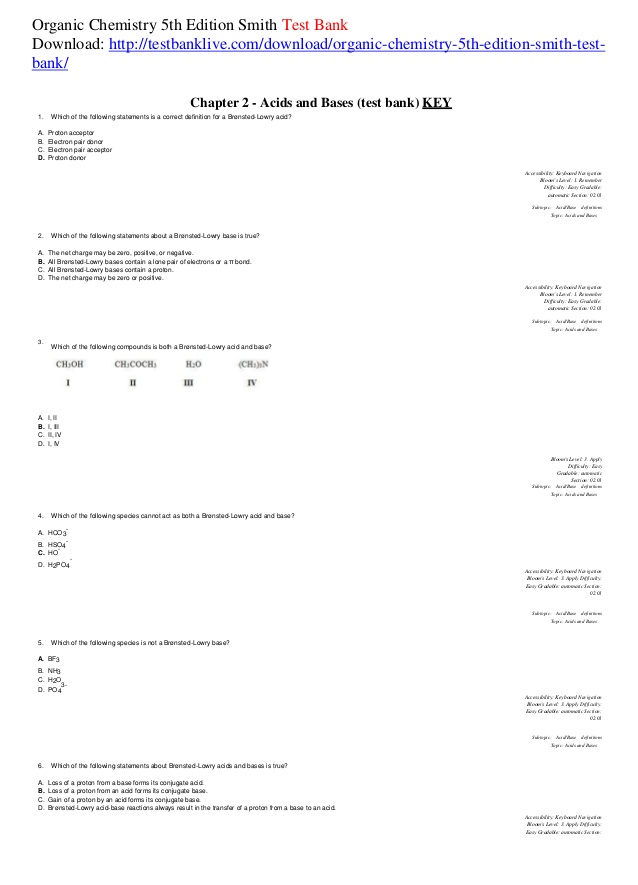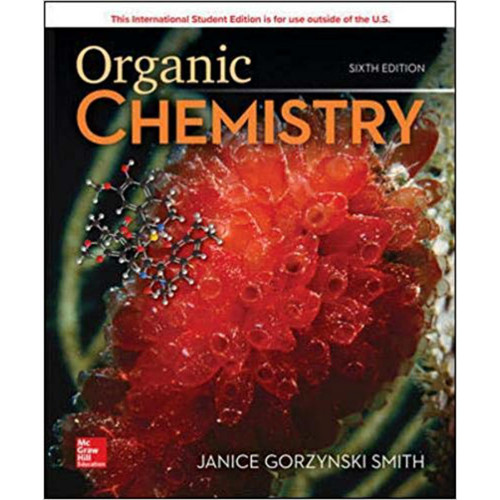
Secondary and 30 Amines having more than one kind of alkyl group are named as N-substituted primary amines using the following procedure:ĩ Amines Nomenclature Aromatic amines are named as derivatives of aniline. To assign a common name, name the alkyl group bonded to the nitrogen atom and add the word amine, forming a single word.Ĩ Amines Nomenclature Secondary and 30 Amines having identical alkyl groups are named using the prefix di- or tri- with the name of the primary amine. Then use the usual rules of nomenclature to number the chain and name the substituents. To assign a systematic name, find the longest continuous chain bonded to the amine nitrogen, and change the –e ending of the parent alkane to the suffix –amine.


Because there is no nonbonded electron pair on the nitrogen atom, interconversion cannot occur, and the N atom is just like a carbon atom with four different groups around it.ħ Amines Nomenclature 10 Amines are named using either systematic or common names. In contrast, the chirality of a quaternary ammonium salt with four different groups cannot be ignored. However, the chirality of the amine nitrogen can be ignored because the two enantiomers interconvert by passing through a trigonal planar (achiral) transition state. As a result, amines react with electrophiles to form quaternary ammonium salts-compounds with four bonds to nitrogen.Īn amine N atom is sp3 hybridized and trigonal pyramidal, with bond angles of approximately Since an amine nitrogen has four different groups around it, it is technically a stereogenic center. Amines are classified as 10, 20, or 30 based on the number of alkyl groups bonded to the nitrogen atom.ģ Amines Introduction Like ammonia, the amine nitrogen atom has a nonbonded electron pair, making it both a base and a nucleophile. Permission required for reproduction or display.Ģ Amines Introduction Amines are organic nitrogen compounds, formed by replacing one or more hydrogen atoms of ammonia (NH3) with alkyl groups. University of Hawaii Chapter 25 Lecture Outline Copyright © The McGraw-Hill Companies, Inc.


Preface Prologue Chapter 1 Structure and Bonding Chapter 2 Acids and Bases Chapter 3 Introduction to Organic Molecules and Functional Groups Chapter 4 Alkanes Chapter 5 Stereochemistry Chapter 6 Understanding Organic Reactions Chapter 7 Alkyl Halides and Nucleophilic Substitution Chapter 8 Alkyl Halides and Elimination Reactions Chapter 9 Alcohols, Ethers, and Related Compounds Chapter 10 Alkenes Chapter 11 Alkynes Chapter 12 Oxidation and Reduction Chapter 13 Mass Spectrometry and Infrared Spectroscopy Chapter 14 Nuclear Magnetic Resonance Spectroscopy Chapter 15 Radical Reactions Chapter 16 Conjugation, Resonance, and Dienes Chapter 17 Benzene and Aromatic Compounds Chapter 18 Reactions of Aromatic Compounds Chapter 19 Carboxylic Acids and Acidity of the O−H Bond Chapter 20 Introduction to Carbonyl Chemistry: Organometallic Reagents Oxidation and Reduction Chapter 21 Aldehydes and Ketones-Nucleophilic Addition Chapter 22 Carboxylic Acids and Their Derivatives-Nucleophilic Acyl Substitution Chapter 23 Substitution Reactions of Carbonyl Compounds at the α-Carbon Chapter 24 Carbonyl Condensation Reactions Chapter 25 Amines Chapter 26 Carbon-Carbon Bond-Forming Reactions in Organic Synthesis Chapter 27 Pericyclic Reactions Chapter 28 Carbohydrates Chapter 29 Amino Acids and Proteins Chapter 30 Synthetic Polymers Chapter 31 Lipids (Available online) Appendices Glossary Credits Index Note: Lipids is now moved to the Smith online website.1 Organic Chemistry, First Edition Janice Gorzynski Smith


 0 kommentar(er)
0 kommentar(er)
